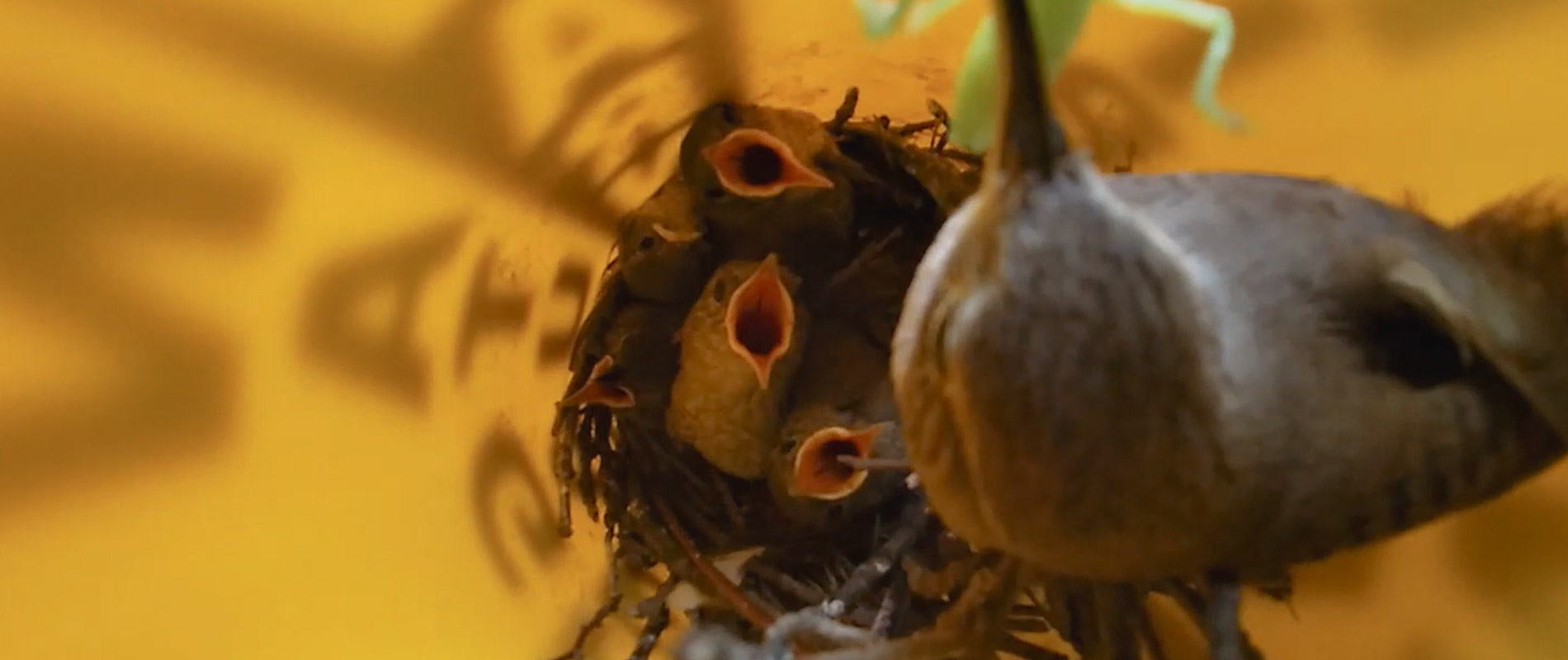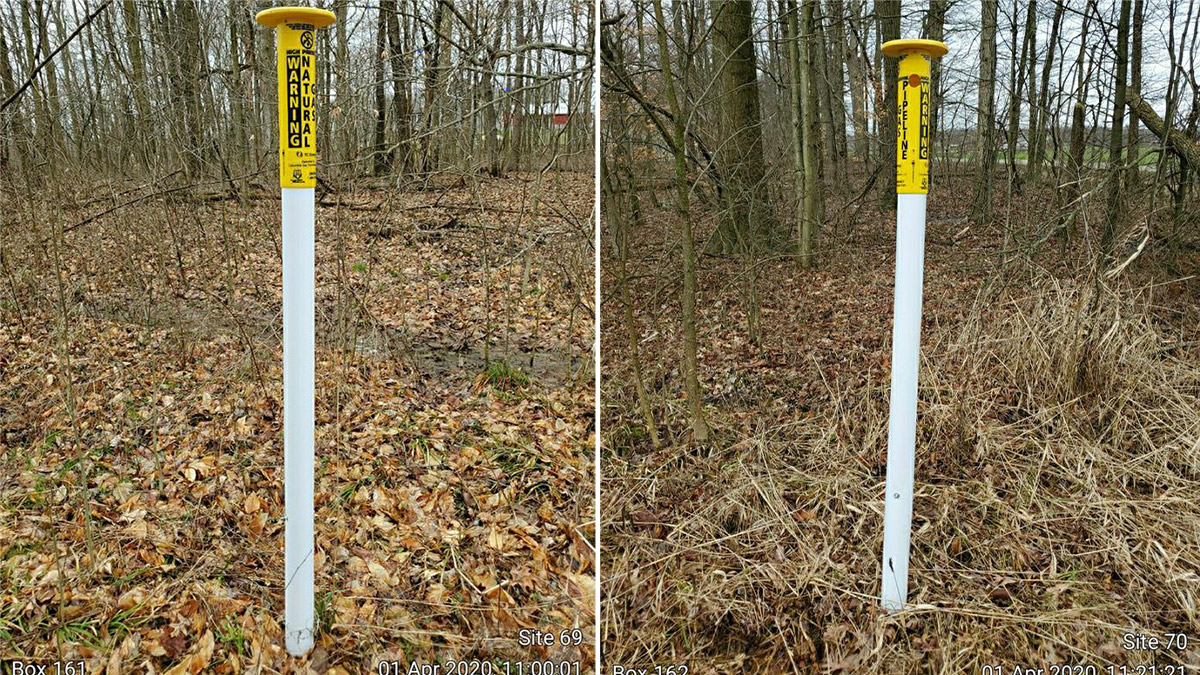Apr 8, 2024
House wren families call special TC Energy pipeline markers home
Posted by
TC Energy is bringing new life to its rights of way (ROWs).
Four families of house wrens chose specially made nesting cavities in the company’s pipeline markers as safe, cozy places to rear their young this summer. And, thanks to a little foresight and some delicate work, the evolution of two of those families was captured on camera.
The small birds’ summer homes were made possible by the company’s U.S. ROW Maintenance team, which launched a first-time project to equip almost 200 pipeline markers with 3-in.-diameter, 7-in.-deep compartments suitable for nesting. The markers were installed in early spring throughout Ohio along the Columbia Gas Transmission system.
“I am so proud to have been a part of this effort,” said Ronan Mason, U.S. ROW Project Manager, Technical and Operational Services. “U.S. ROW Maintenance successfully provided habitat in a new and unconventional way within TC Energy’s natural gas pipeline corridors. I feel privileged to work for a company that empowers its employees to innovate and bring positive change to the way we operate.”
Watch new life emerge on our Ohio right of way
A regulatory aspect of maintaining ROWs is the removal of woody debris and dead trees so that pipeline markers are visible to the public. However, cavity-nesting birds typically shelter in natural tree cavities. So the team took the innovative approach to install the special markers along its ROWs to offset any impact to habitat.
Many of the markers were checked at least twice from April through July, with personnel observing them from 15 ft away. As it turned out, house wrens were the markers’ only documented avian residents, though gray tree frogs, spring peepers, snails and bumble bees were also spotted in the special cavities.
Known for their complex songs, house wrens are shy, nondescript songbirds that boast a massive geographic range stretching from central Canada to southern South America. They forage herbivorous insects in woody areas, serving as a key part of the food web as breeding season coincides with the spring surge in insect populations.
GoPro cameras were temporarily installed in two of the four markers claimed by the house wrens, recording the nesting activity of adults and offspring at various stages of development. Laying a little more than a half-dozen eggs per nest on average, house wrens incubate their eggs for 12-15 days and rear their chicks for another 12-18 days before the chicks leave the nest.

The two modified pipeline markers in which GoPros were installed to monitor house wren nesting activity. The small entry hole to the nesting cavity is visible in the photo to the right.
For the four families, all nesting appeared successful, with one nest even beginning a second clutch of eggs at the end of the monitoring period.
Pleased with the results of the first run, Ronan said his team is in the process of evaluating more locations and states for winter 2020 installation of the special markers. For future installations, he added, the team will deploy the markers in the fall to allow a greater variety of cavity-nesting birds a chance to discover the potential homes for spring nesting.



